 Ride Proud, Rebel!
Ride Proud, Rebel!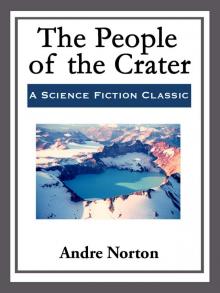 The People of the Crater
The People of the Crater Rebel Spurs
Rebel Spurs The Gifts of Asti
The Gifts of Asti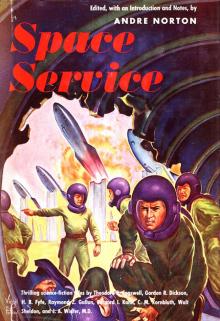 Space Service
Space Service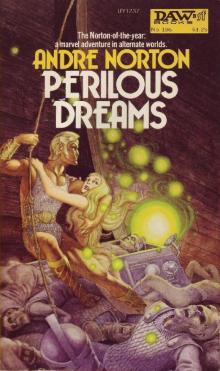 Perilous Dreams
Perilous Dreams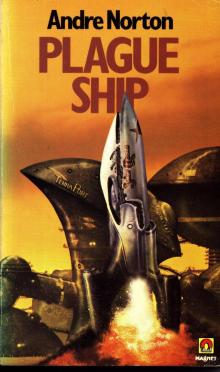 Plague Ship
Plague Ship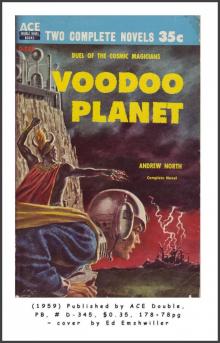 Voodoo Planet
Voodoo Planet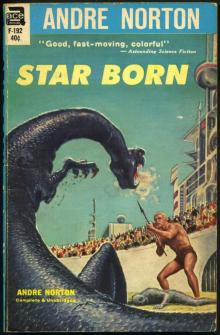 Star Born
Star Born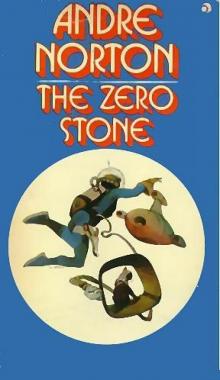 The Zero Stone
The Zero Stone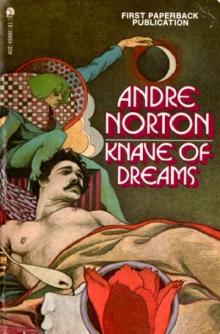 Knave of Dreams
Knave of Dreams Five Senses Box Set
Five Senses Box Set The Time Traders
The Time Traders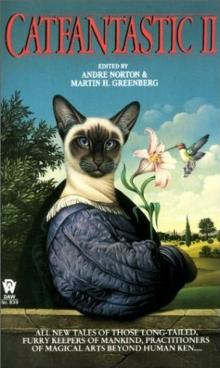 Catfantastic II
Catfantastic II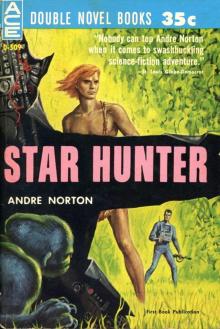 Star Hunter
Star Hunter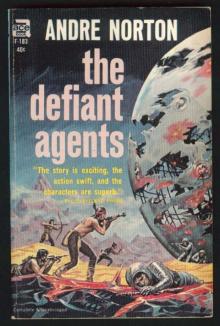 The Defiant Agents
The Defiant Agents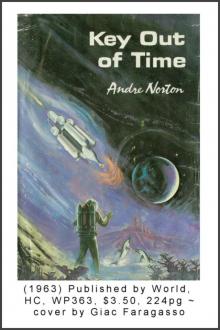 Key Out of Time
Key Out of Time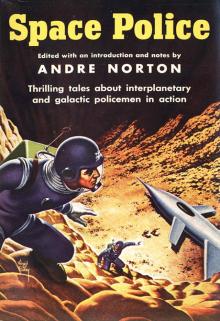 Space Police
Space Police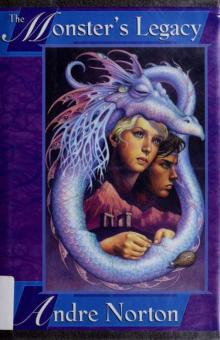 The Monster's Legacy
The Monster's Legacy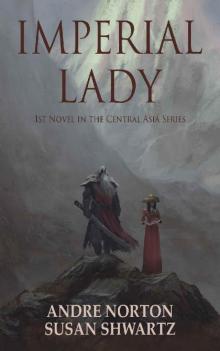 Imperial Lady (Central Asia Series Book 1)
Imperial Lady (Central Asia Series Book 1)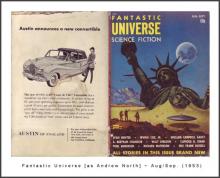 All Cats Are Gray
All Cats Are Gray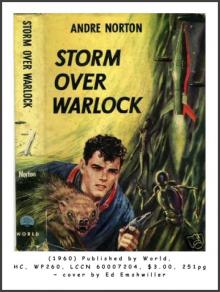 Storm Over Warlock
Storm Over Warlock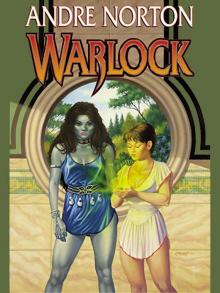 Warlock
Warlock Firehand
Firehand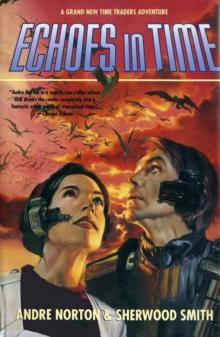 Echoes In Time # with Sherwood Smith
Echoes In Time # with Sherwood Smith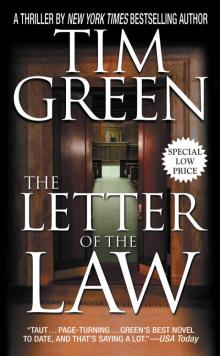 Ciara's Song
Ciara's Song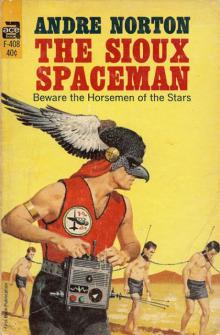 The Sioux Spaceman
The Sioux Spaceman Firehand # with Pauline M. Griffin
Firehand # with Pauline M. Griffin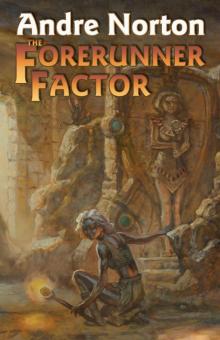 The Forerunner Factor
The Forerunner Factor The Jargoon Pard (Witch World Series (High Hallack Cycle))
The Jargoon Pard (Witch World Series (High Hallack Cycle))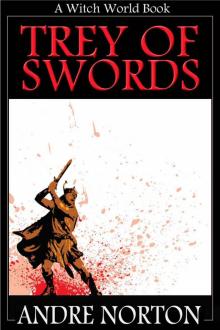 Trey of Swords (Witch World (Estcarp Series))
Trey of Swords (Witch World (Estcarp Series))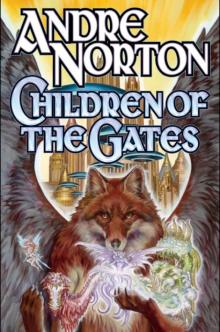 Children of the Gates
Children of the Gates Atlantis Endgame
Atlantis Endgame Red Hart Magic
Red Hart Magic Steel Magic
Steel Magic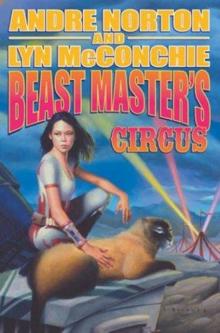 Beast Master's Circus
Beast Master's Circus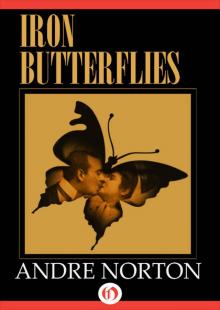 Iron Butterflies
Iron Butterflies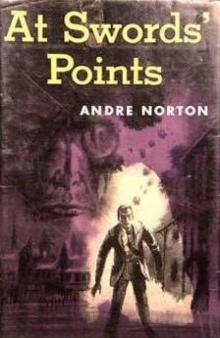 At Swords' Points
At Swords' Points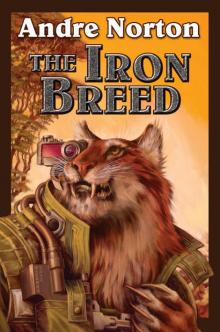 The Iron Breed
The Iron Breed A Crown Disowned
A Crown Disowned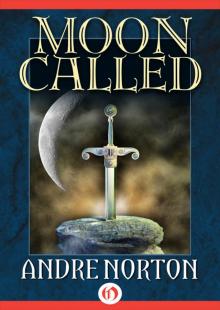 Moon Called
Moon Called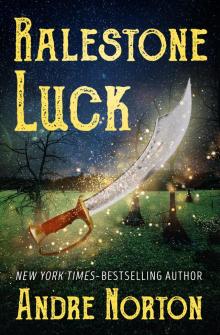 Ralestone Luck
Ralestone Luck Tales From High Hallack, Volume 3
Tales From High Hallack, Volume 3 FORERUNNER FORAY
FORERUNNER FORAY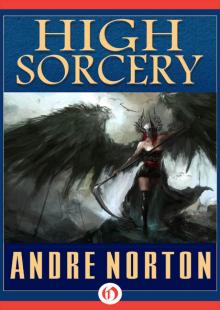 High Sorcery
High Sorcery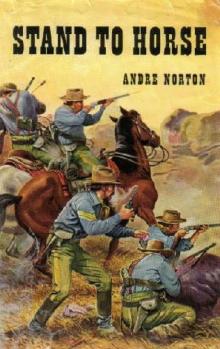 Stand to Horse
Stand to Horse Flight of Vengeance (Witch World: The Turning)
Flight of Vengeance (Witch World: The Turning) Gods and Androids
Gods and Androids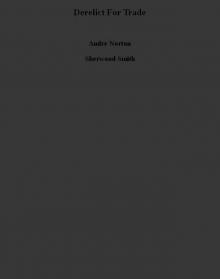 Derelict For Trade
Derelict For Trade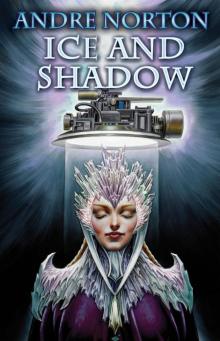 Ice and Shadow
Ice and Shadow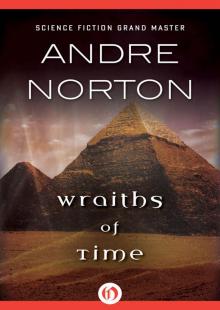 Wraiths of Time
Wraiths of Time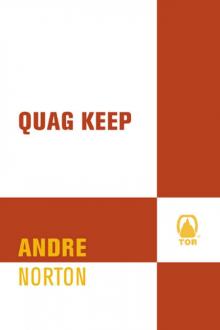 Quag Keep
Quag Keep The Scent Of Magic
The Scent Of Magic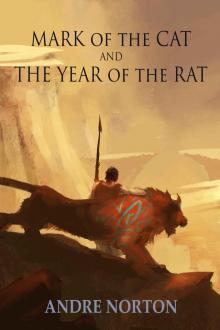 Mark of the Cat and Year of the Rat
Mark of the Cat and Year of the Rat Storms of Victory (Witch World: The Turning)
Storms of Victory (Witch World: The Turning)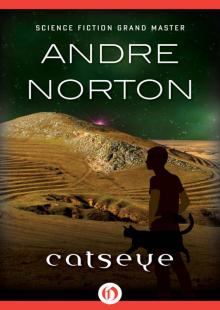 Catseye
Catseye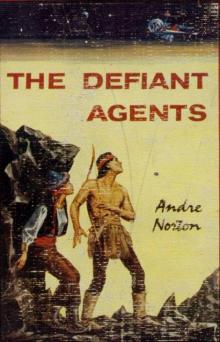 The Defiant Agents tt-3
The Defiant Agents tt-3 The Opal-Eyed Fan
The Opal-Eyed Fan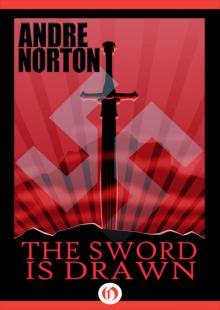 Sword Is Drawn
Sword Is Drawn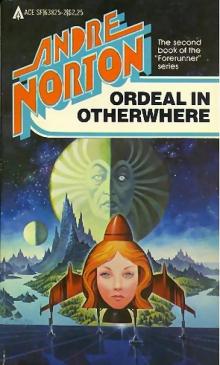 ORDEAL IN OTHERWHERE
ORDEAL IN OTHERWHERE Tales From High Hallack, Volume 1
Tales From High Hallack, Volume 1 Wheel of Stars
Wheel of Stars On Wings of Magic
On Wings of Magic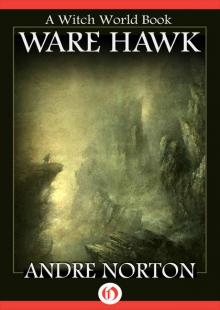 Ware Hawk
Ware Hawk The Key of the Keplian
The Key of the Keplian Ride Proud-Rebel
Ride Proud-Rebel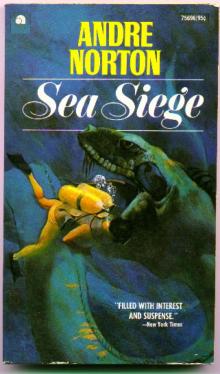 Sea Siege
Sea Siege Lost Lands of Witch World
Lost Lands of Witch World Horn Crown (Witch World: High Hallack Series)
Horn Crown (Witch World: High Hallack Series)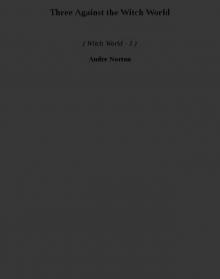 Three Against the Witch World ww-3
Three Against the Witch World ww-3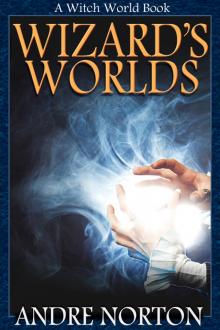 Wizards’ Worlds
Wizards’ Worlds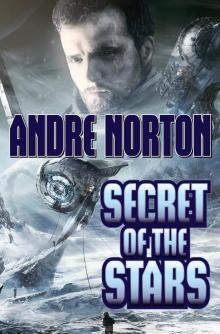 Secret of the Stars
Secret of the Stars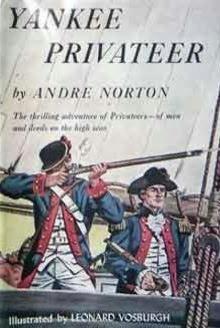 Yankee Privateer
Yankee Privateer Scent of Magic
Scent of Magic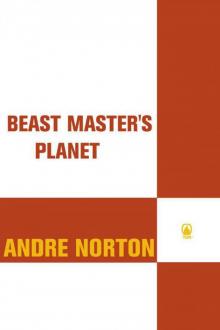 Beast Master's Planet: Omnibus of Beast Master and Lord of Thunder
Beast Master's Planet: Omnibus of Beast Master and Lord of Thunder The White Jade Fox
The White Jade Fox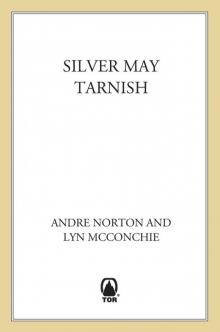 Silver May Tarnish
Silver May Tarnish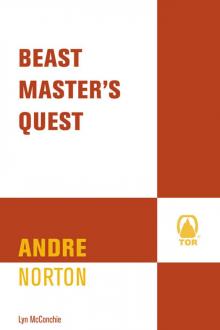 Beast Master's Quest
Beast Master's Quest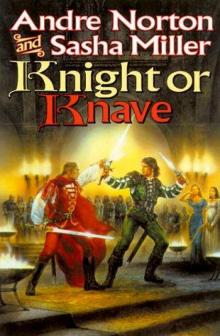 Knight Or Knave
Knight Or Knave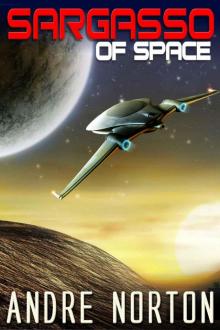 Sargasso of Space (Solar Queen Series)
Sargasso of Space (Solar Queen Series) The Warding of Witch World
The Warding of Witch World Uncharted Stars
Uncharted Stars Ten Mile Treasure
Ten Mile Treasure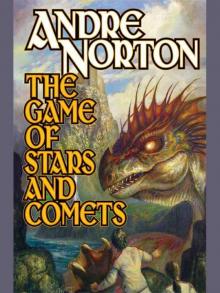 The Game of Stars and Comets
The Game of Stars and Comets On Wings of Magic (Witch World: The Turning)
On Wings of Magic (Witch World: The Turning) Tales From High Hallack, Volume 2
Tales From High Hallack, Volume 2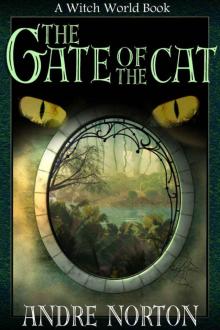 The Gate of the Cat (Witch World: Estcarp Series)
The Gate of the Cat (Witch World: Estcarp Series)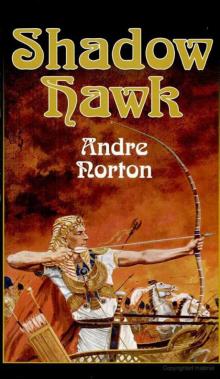 Andre Norton - Shadow Hawk
Andre Norton - Shadow Hawk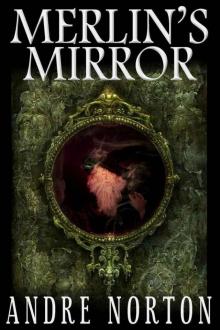 Merlin's Mirror
Merlin's Mirror Serpent's Tooth
Serpent's Tooth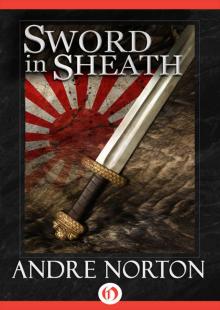 Sword in Sheath
Sword in Sheath Ride Proud, Rebel! dr-1
Ride Proud, Rebel! dr-1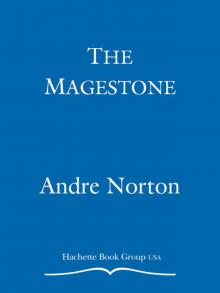 The Magestone
The Magestone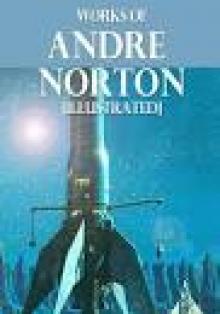 The Works of Andre Norton (12 books)
The Works of Andre Norton (12 books) Andre Norton: The Essential Collection
Andre Norton: The Essential Collection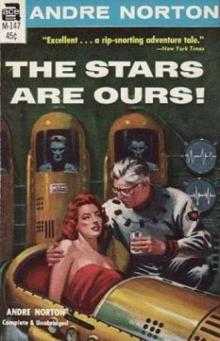 The Stars Are Ours! a-1
The Stars Are Ours! a-1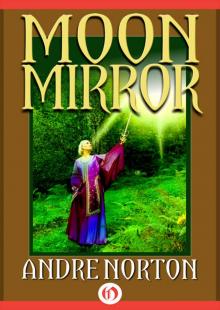 Moon Mirror
Moon Mirror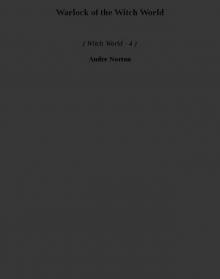 Warlock of the Witch World ww-4
Warlock of the Witch World ww-4 Garan the Eternal
Garan the Eternal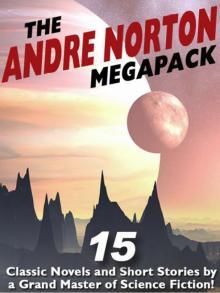 The Andre Norton Megapack
The Andre Norton Megapack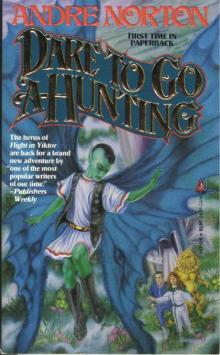 Dare to Go A-Hunting ft-4
Dare to Go A-Hunting ft-4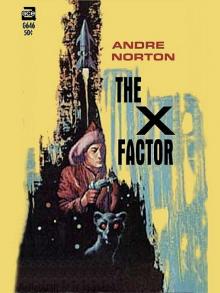 The X Factor
The X Factor Web of the Witch World ww-2
Web of the Witch World ww-2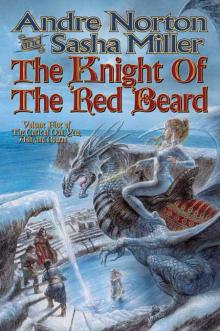 The Knight of the Red Beard-The Cycle of Oak, Yew, Ash and Rowan 5
The Knight of the Red Beard-The Cycle of Oak, Yew, Ash and Rowan 5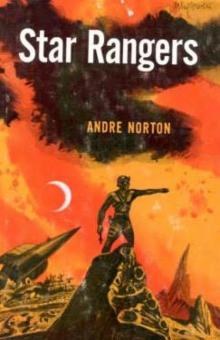 Star Rangers
Star Rangers Witch World ww-1
Witch World ww-1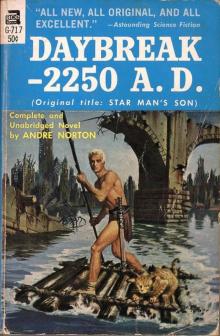 Daybreak—2250 A.D.
Daybreak—2250 A.D.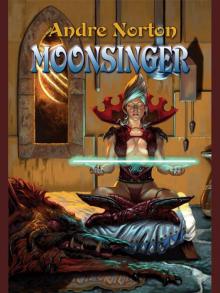 Moonsinger
Moonsinger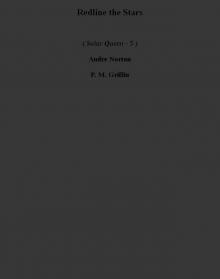 Redline the Stars sq-5
Redline the Stars sq-5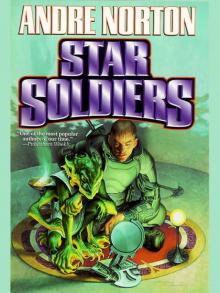 Star Soldiers
Star Soldiers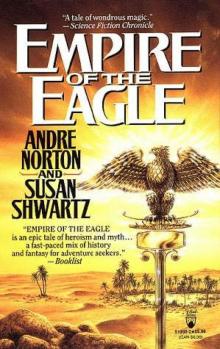 Empire Of The Eagle
Empire Of The Eagle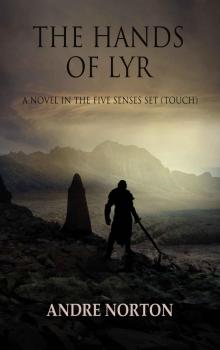 The Hands of Lyr (Five Senses Series Book 1)
The Hands of Lyr (Five Senses Series Book 1)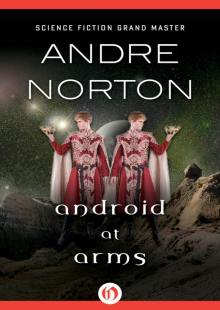 Android at Arms
Android at Arms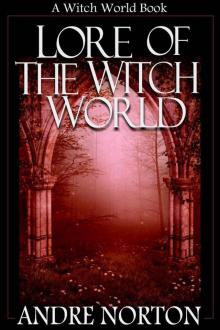 Lore of Witch World (Witch World Collection of Stories) (Witch World Series)
Lore of Witch World (Witch World Collection of Stories) (Witch World Series)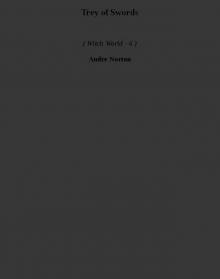 Trey of Swords ww-6
Trey of Swords ww-6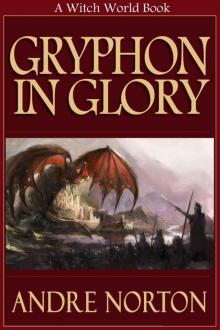 Gryphon in Glory (Witch World (High Hallack Series))
Gryphon in Glory (Witch World (High Hallack Series)) Octagon Magic
Octagon Magic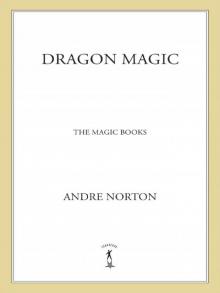 Dragon Magic
Dragon Magic Three Hands for Scorpio
Three Hands for Scorpio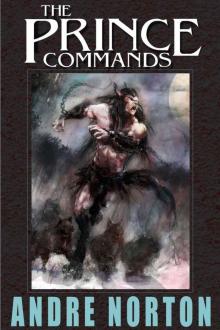 The Prince Commands
The Prince Commands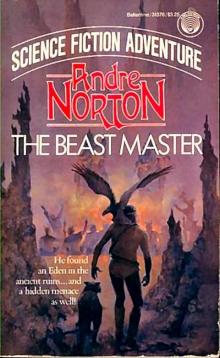 The Beast Master bm-1
The Beast Master bm-1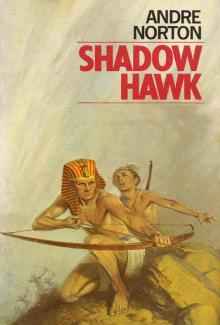 Shadow Hawk
Shadow Hawk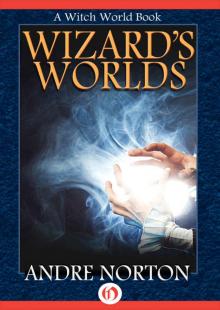 Wizard's Worlds: A Short Story Collection (Witch World)
Wizard's Worlds: A Short Story Collection (Witch World)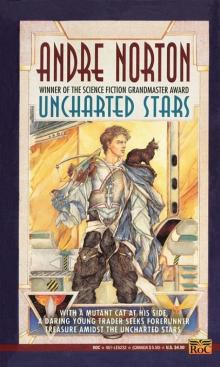 Murdoc Jern #2 - Uncharted Stars
Murdoc Jern #2 - Uncharted Stars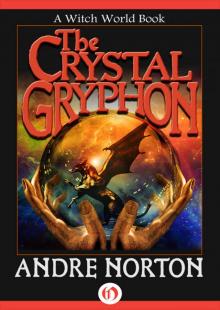 Crystal Gryphon
Crystal Gryphon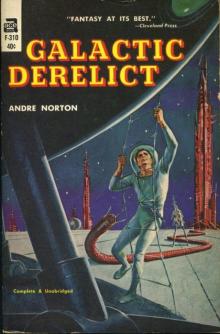 Galactic Derelict tt-2
Galactic Derelict tt-2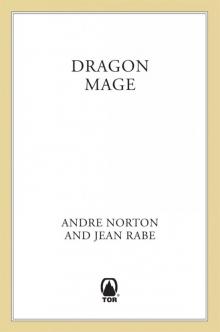 Dragon Mage
Dragon Mage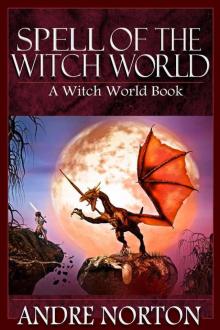 Spell of the Witch World (Witch World Series)
Spell of the Witch World (Witch World Series) Velvet Shadows
Velvet Shadows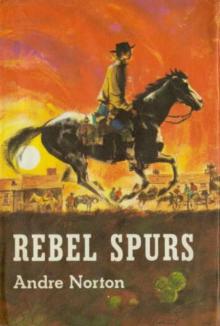 Rebel Spurs dr-2
Rebel Spurs dr-2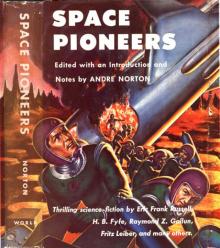 Space Pioneers
Space Pioneers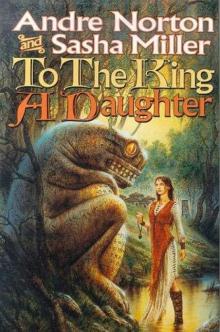 To The King A Daughter
To The King A Daughter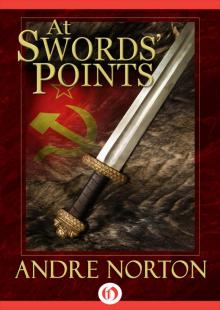 At Swords' Point
At Swords' Point Snow Shadow
Snow Shadow Lavender-Green Magic
Lavender-Green Magic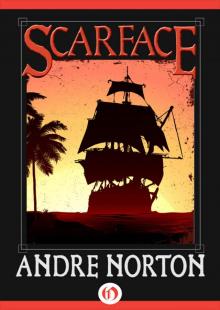 Scarface
Scarface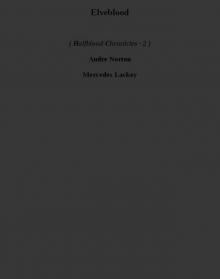 Elveblood hc-2
Elveblood hc-2 Fur Magic
Fur Magic Postmarked the Stars sq-4
Postmarked the Stars sq-4 A Taste of Magic
A Taste of Magic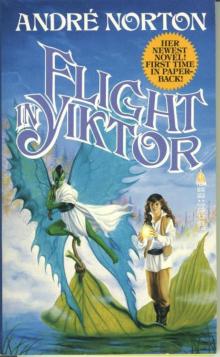 Flight in Yiktor ft-3
Flight in Yiktor ft-3 Golden Trillium
Golden Trillium Murders for Sale
Murders for Sale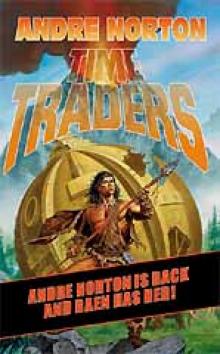 Time Traders tw-1
Time Traders tw-1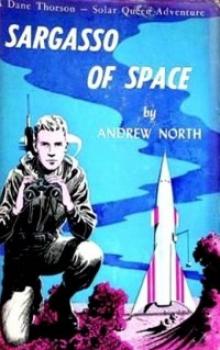 Sargasso of Space sq-1
Sargasso of Space sq-1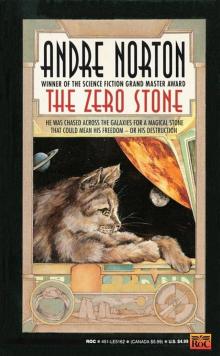 Murdoc Jern #1 - The Zero Stone
Murdoc Jern #1 - The Zero Stone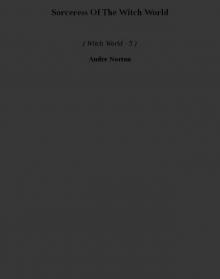 Sorceress Of The Witch World ww-5
Sorceress Of The Witch World ww-5 Time Traders II
Time Traders II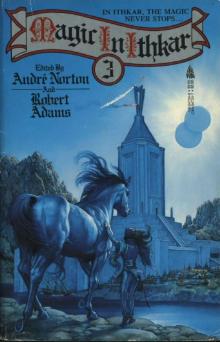 Magic in Ithkar 3
Magic in Ithkar 3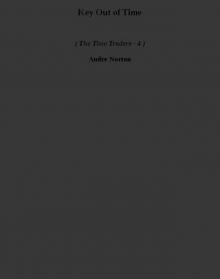 Key Out of Time ttt-4
Key Out of Time ttt-4 Magic in Ithkar
Magic in Ithkar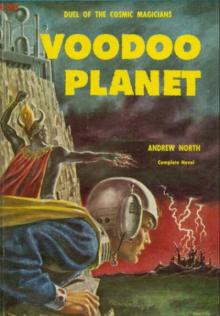 Voodoo Planet vp-1
Voodoo Planet vp-1